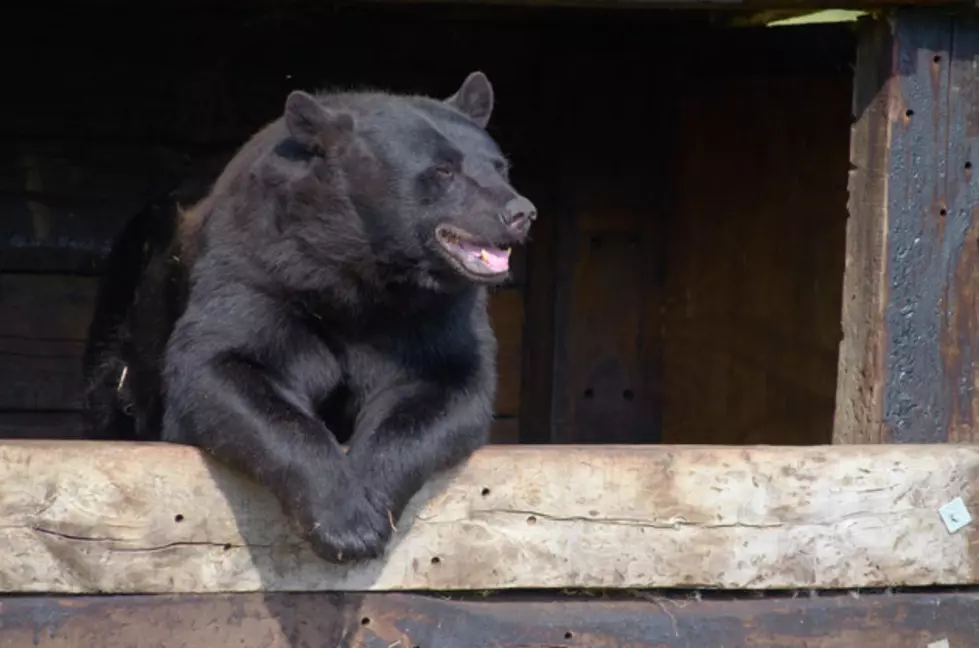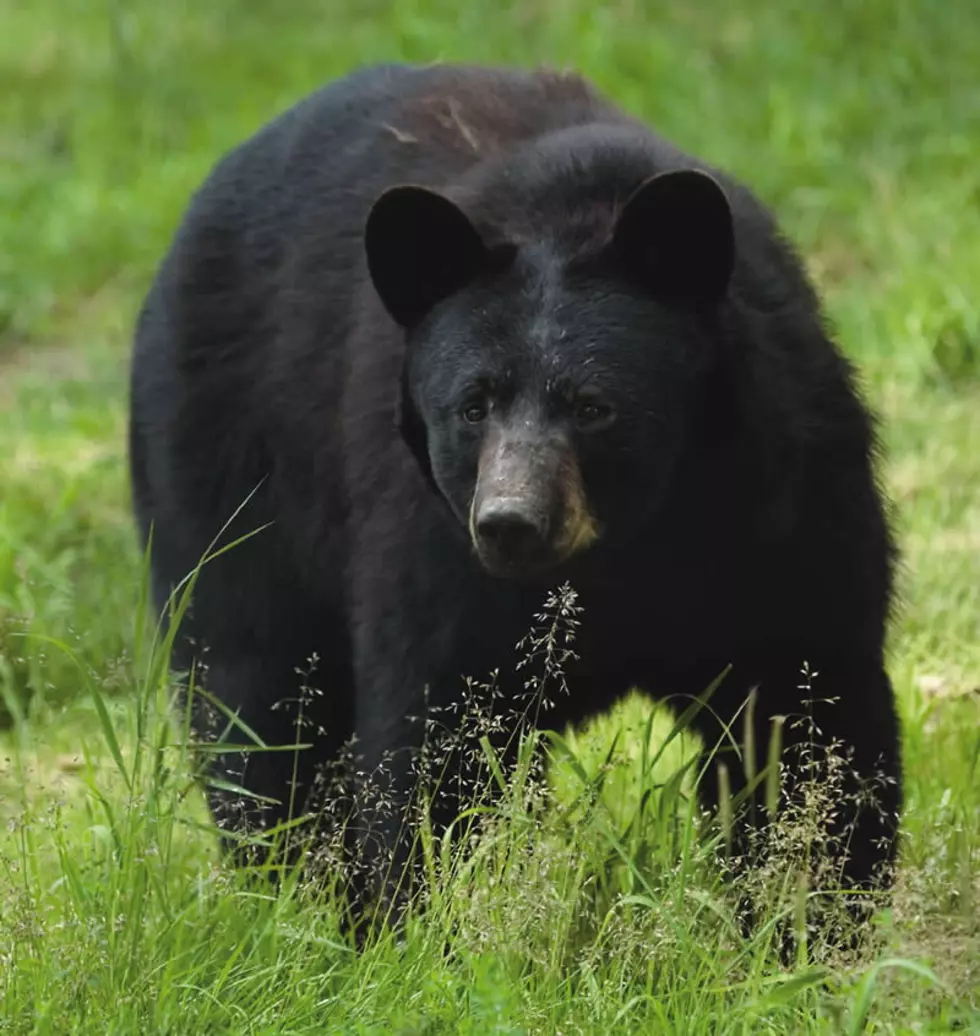
The New Jersey “Bear Essentials”
Story by Tom P
The New Jersey “bear essentials”: common sense, awareness of surroundings, precaution, and more common sense.
And no bravado!
The summertime outdoor season, especially mid-June through July, brings with it the chance(s) of encountering black bears as their mating season is occurring, and while this especially so in the northern tier counties of Sussex, Warren, Morris, Hunterdon and Passaic, the fact is that black bears have been sighted in all 21 Garden State shires, and the southern portion of the state, with its vast Pine Barrens region and farmlands interspersed with patches of woodland, swamps and “big woods”, such as the 21,320-acre Belleplaine State Forest in Cape May/Cumberland counties and the 32,00-acre Greenwood Forest Wildlife Management area in Ocean County, is hosting these ebony bruins at an increasing rate.
“That’s what I think it is, isn’t it?” half-asked/half-stated Denise Marie Theiler as we were doing a last Saturday in June hike through a portion of the Greenwood Forest tract. “That” happened to be a pile of bear scat, and that we were on a faint trail leading through a rather wide and fruit-laden wild blueberry patch was an immediate cause for concern. Not that we feared bears, but we had a very healthy respect for the species, having encountered bruins while hunting, fishing, camping and hiking, and once while paddling (bears can swim), so we immediately began talking in very loud voices and clapping our hands the last half-mile to where the SUV was parked.
My first sighting of Ursus in southern New Jersey occurred when one sauntered right-to-left across the road a couple of hundred yards or so before the entrance to Belleplaine. That was back in the early Nineties, and no doubt these majestic creatures have established themselves below the Trenton-to-Toms River demarcation. The upside is that the count is not anywhere near approaching the population up north, but the fact remains that it is entirely possible that a bear can be met while outdoors.
Reducing the chances of a face-to-face can be simple. When camping, store all coolers in the vehicle, get the trash to the receptacle asap, and do not leave cooking utensils out, no matter how well cleaned. A bear’s olfactory sense is beyond scary in that it can smell a potential goody, no matter how faint the scent, in a wisp o’ wind for up to two miles.
When hiking, or traversing from one fishing spot to another, keep the conversation loud, even if talking to yourself if going solo. An acquaintance of ours gives a periodic blast from an air horn, and we know carry one each as they seem to work in that we have not had any Yogi encounters since hitting a loud note now and then when in bipedal transit.
Should you come up-close-and-ugly, do the yelling thing clapping hands and waving arms while backing up slowly. The DF&W, in its bear aware literature, strongly advises avoiding direct eye contact, as this could be bruin talk for “I don’t sweat you,” and could trigger a charge should the bruin feel challenged. I don’t know about you, but I want to see what the bear is doing, or not doing, so the few times (High Point State Park; the Delaware Water Gap National Recreation Area, Stokes State Forest) when it was one on one, I kept it loud and spasmodic while making sure my bulbs swept in front of the bears while avoiding the perceived eyeball challenge.
Bear spray? Legal or not? Well, more than an ounce and a lil’ bit of pepper spray is supposedly illegal, but, and this is my personal philosophy when it comes to the product, I’d rather be judged by 12 than carried by 6. The two times I was “carrying” a 14 ounce can and had to use it, the shotgun blast of pepper spray did make the bears stop in their tracks, shake their heads and re-think my inadvertent intrusions as I did the backup thing and moved out of their area while screaming profanities. Critics maintain the spray will only serve to piss off the bruin and make matters worse. Could be, which is why when we do not carry the spray we pack small air horns. Worthy of a ticket? As I’ve said….
Bringing Home the Sheeps(head): Yeah, the inshore saltwater rod ‘n reel attentions have been on fluke, stripers and bluefish, but not to be overlooked is the great bite occurring around bridge abutments, pilings, jetties and other structures by the seasonal sheepshead visitors. To be sure, these slab-sided mollusk and crustacean crunchers sporting “convict” white and black bars have been appearing in ever-increasing numbers along the Jersey Shore, from Cape May northward through Long Branch clear up though “Sheepshead Bay”, Brooklyn, NY, and they deliver snot hanging fights and, in the 2-5 pound range, great eats on the grill, in the frying pan, or in fish tacos.
The best part? Not much attention is being paid to these toothsome structure soldiers, and the rod bending/wrist wrenching exercises at hookset will get the sweat flowing and later, the biceps and shoulders aching.
“We catch them to 15 pounds on medium weight tackle and crab-baited jig heads. It’s a lot of fun, a physical workout and gives you an appreciation for what the sheepshead has to offer,” says Dan Schafer from Insomniac Guide Service (609-780-5124) based in Stone Harbor, adding that the species appears to be in the process of re-populating its former home turf along the Garden State coast.
There are no length or bag limits.
More from 105.7 The Hawk:
More From 105.7 The Hawk








